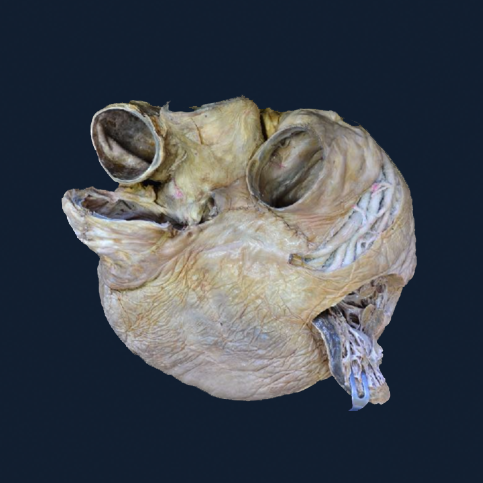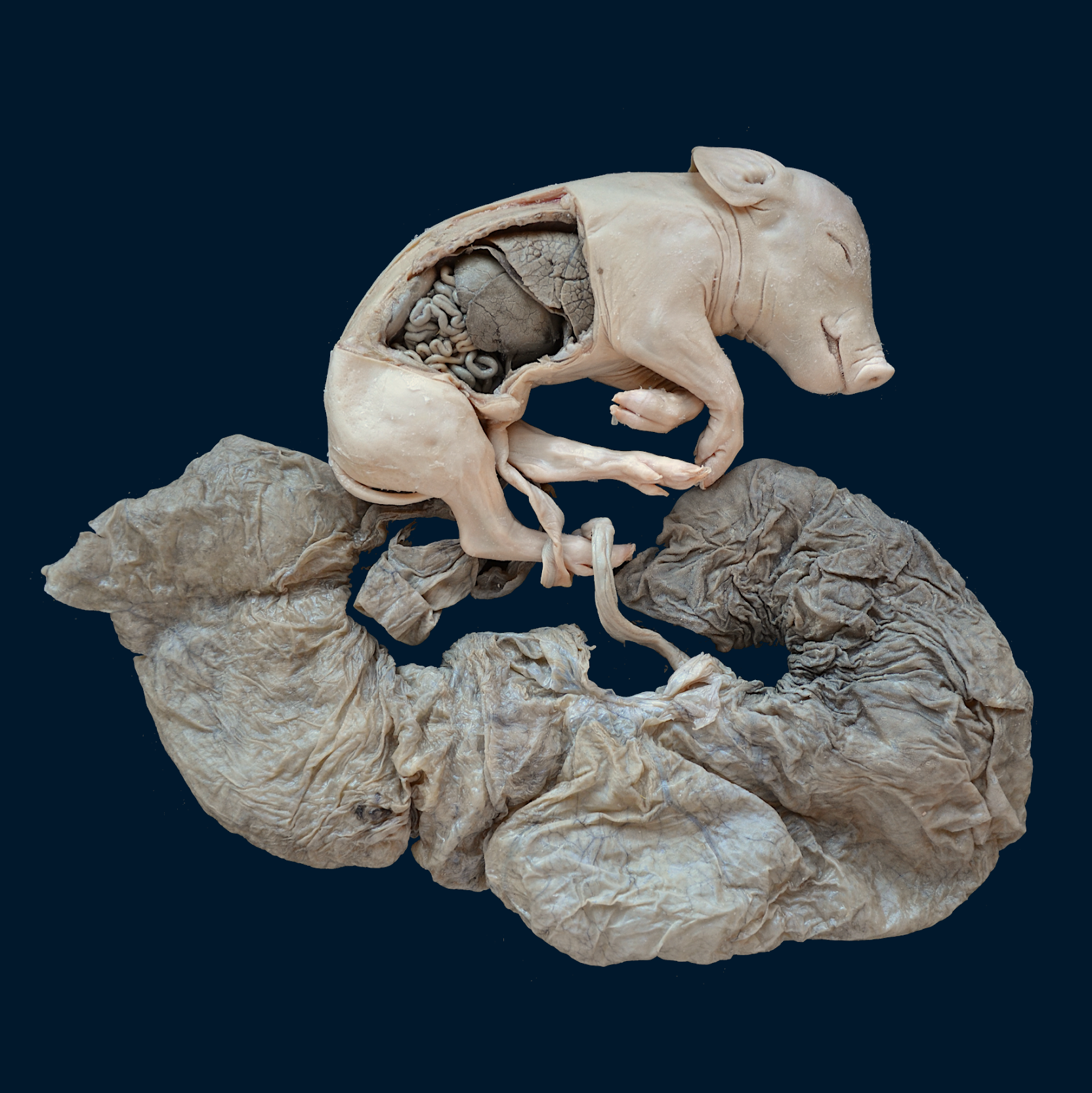Plastination is a novel biological material conservation technique that generates anatomical pieces of high educational and museographic value.
1. Plastinated pieces of high anatomical value. Unique pieces that add value to the permanent exhibition and give notoriety to the museum.
2. Organ collections. Thematic collections of anatomical pieces according to the exhibition needs of each museum.
3. Teaching and outreach activities. Didactic and educational proposals for the development of workshops and activities based on plastinated organs. We offer scientific-technical advice for better use of this biological material.
“Being able to have a large plastinated organ in our exhibition was very impressive for the public, they wanted to see live how big it was”
“Museums need to design an offer that is very focused on the educational community, which is the majority of our visitors. It is very interesting to have a pool of resources such as plastination to be able to develop permanent activities in the museum”
An avant-garde technique by which the own fluids of the fabrics and part of the fat are replaced by a polymer. It results in long-lasting and manipulable real anatomical models in any situation and environment.
The pieces generate great interest in the public and cause notoriety.
The museum can preserve an organ library with almost unlimited durability.
Wide variety of organs and systems.
It allows dry, clean and manipulable pieces without the need of protection (gloves, masks).
They do not require special storage conditions.
State-of-the-art techniques in the field of anatomy, allowing high levels of educational innovation.
The large plastinated pieces or the conservation of complete animals generate great interest in museum visitors due to their spectacular nature. At an educational level, they also help visitors to understand much better the structure and three-dimensional composition of the anatomy and the systems functioning.
We have 2 plastination laboratories (Discover-in – University of Murcia – and Granada Sciences Park) with which we can plastinate any animal piece for museums, universities and other institutions. Our plastinates are found in museums around the world such as the Royal Ontario Museum in Canada or the Natural History Museum in New York.


We develop both individual pieces and thematic collections of plastinated organs according to the exhibition and educational needs of each museum.
We offer scientific advice for the teaching design and exhibitions based on plastinated organs assembly.
We have collections of plastinated organs for use as temporary exhibitions.
We offer scientific and technical assistance aimed at setting up temporary or permanent exhibitions with plastinated pieces, and staff training for the development of experiences, demonstrations and activities for museum visitors and the educational community, turning the museum into a space for teaching innovation.
The Granada Sciences Park is an international reference centre in scientific dissemination that has accumulated experience on the plastination technique in its laboratories for more than 12 years. During this time, it has established collaboration agreements with scientific and museum entities that have led to the production of numerous plastinated anatomical pieces, some of them for university teacher training and others for exhibition activities in museums.